Predictions & Data for this entry
| Model: abj | climate: Csa, Cfb, Dfb | migrate: | phylum: |
| COMPLETE = 2.8 | ecozone: THp | food: biD, biCi | class: |
| MRE = 0.111 | habitat: 0iFr, 0iFe, 0iFp, 0iFl, 0iFm, 0iFc | gender: D | order: |
| SMSE = 0.043 | embryo: Fbf | reprod: O | family: |
Zero-variate data
| Data | Observed | Predicted | (RE) | Unit | Description | Reference |
|---|---|---|---|---|---|---|
| ab | 14 | 14.19 | (0.01385) | d | age at birth | Poec2007 |
| tp | 60 | 58.9 | (0.0183) | d | time since birth at puberty | Poec2009 |
| am | 330 | 329.9 | (0.0001741) | d | life span | PiscDevi2003 |
| Lb | 0.19 | 0.1924 | (0.01265) | cm | total length at birth | Poec2009 |
| Lp | 0.65 | 0.6837 | (0.05192) | cm | total length at puberty | Poec2009 |
| Li | 2 | 1.765 | (0.1177) | cm | ultimate total length | MaieKley2011 |
| Wwi | 115 | 121.4 | (0.05547) | mg | ultimate wet weight | MaieKley2011 |
Uni- and bivariate data
| Data | Figure | Independent variable | Dependent variable | (RE) | Reference |
|---|---|---|---|---|---|
| tL2 | 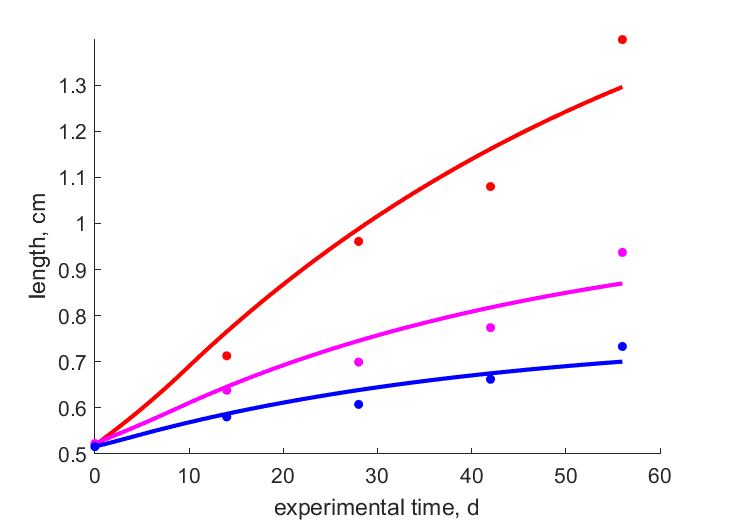  | experimental time | length | (0.05654) | GergRoth2008 |
| tL3 |   | experimental time | length | (0.04612) | GergRoth2008 |
| tL4 |   | experimental time | length | (0.02694) | GergRoth2008 |
| LW |  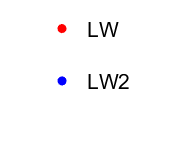 | length | wet weight | (0.3673) | DobrMajk2016 |
| LW2 |   | length | wet weight | (0.3987) | MaieKley2011 |
| Tab |  | temperature | age at birth | (0.0943) | Poec2007 |
| WR | 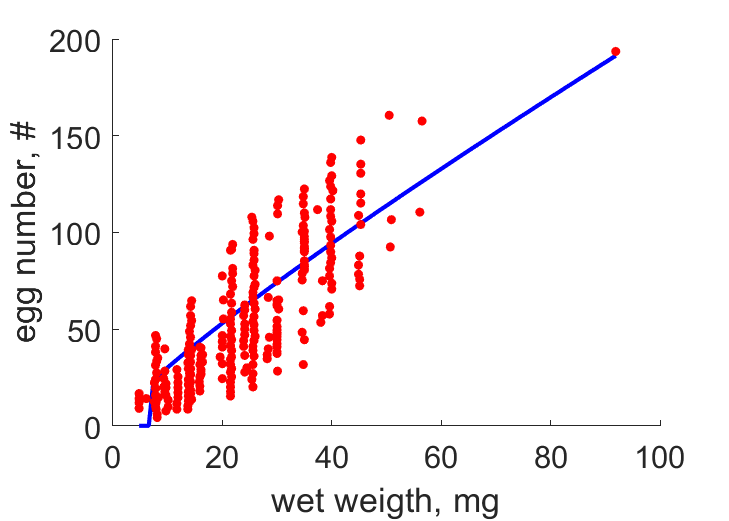 | wet weigth | egg number | (0.3173) | Poec2007 |
| tL | 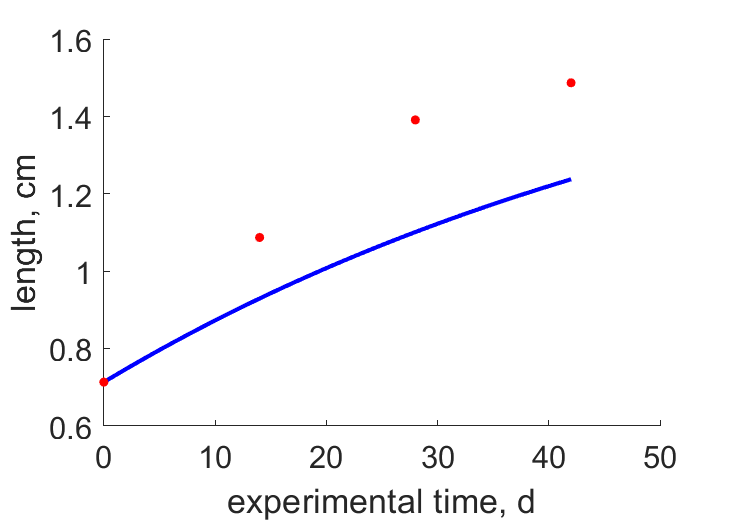 | experimental time | length | (0.1491) | GabePush2011 |
| tL5 | 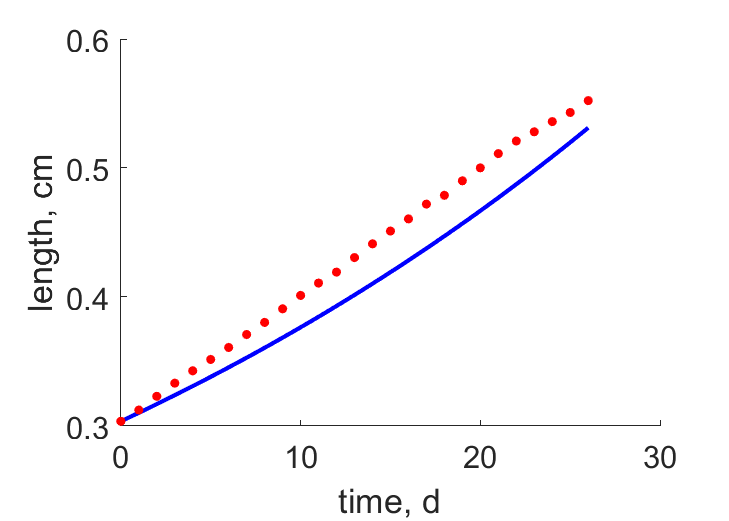 | time | length | (0.0535) | Poec2009 |
| tWd | 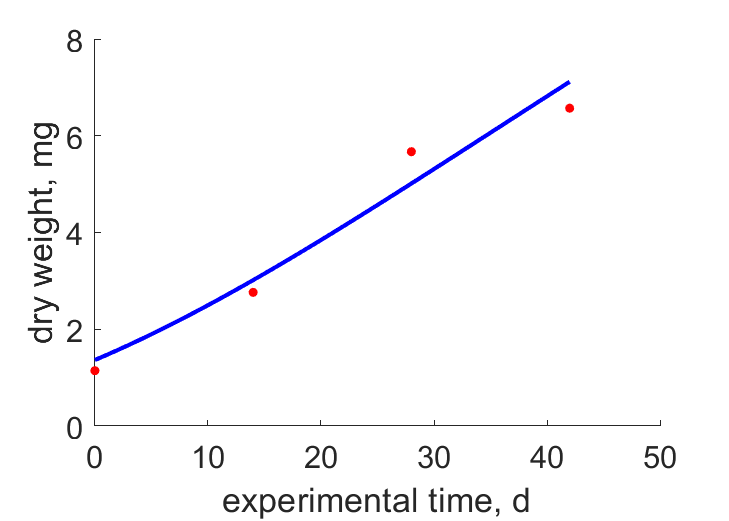 | experimental time | dry weight | (0.104) | GabePush2011 |
Pseudo-data at Tref = 20°C
| Data | Generalised animal | Dikerogammarus villosus | Unit | Description |
|---|---|---|---|---|
| v | 0.02 | 0.0135 | cm/d | energy conductance |
| kap | 0.8 | 0.8043 | - | allocation fraction to soma |
| kap_R | 0.95 | 0.95 | - | reproduction efficiency |
| p_M | 18 | 953.7 | J/d.cm^3 | vol-spec som maint |
| k_J | 0.002 | 0.002 | 1/d | maturity maint rate coefficient |
| kap_G | 0.8 | 0.8003 | - | growth efficiency |
Discussion
- We assume 11 days time between broods at reference temperature (20 C). This is about the age at birth from the Tab data set, assuming that development starts directly after the last brood has been released. We do not have any information of the actual time between broods, and it might take longer than 11 days because of a mating period, or shorter if a new brood is already developing before the last has been released.
- The estimation does converge but the routine does not stop before a large amount of steps. The resulting parameters remain similar.
Bibliography